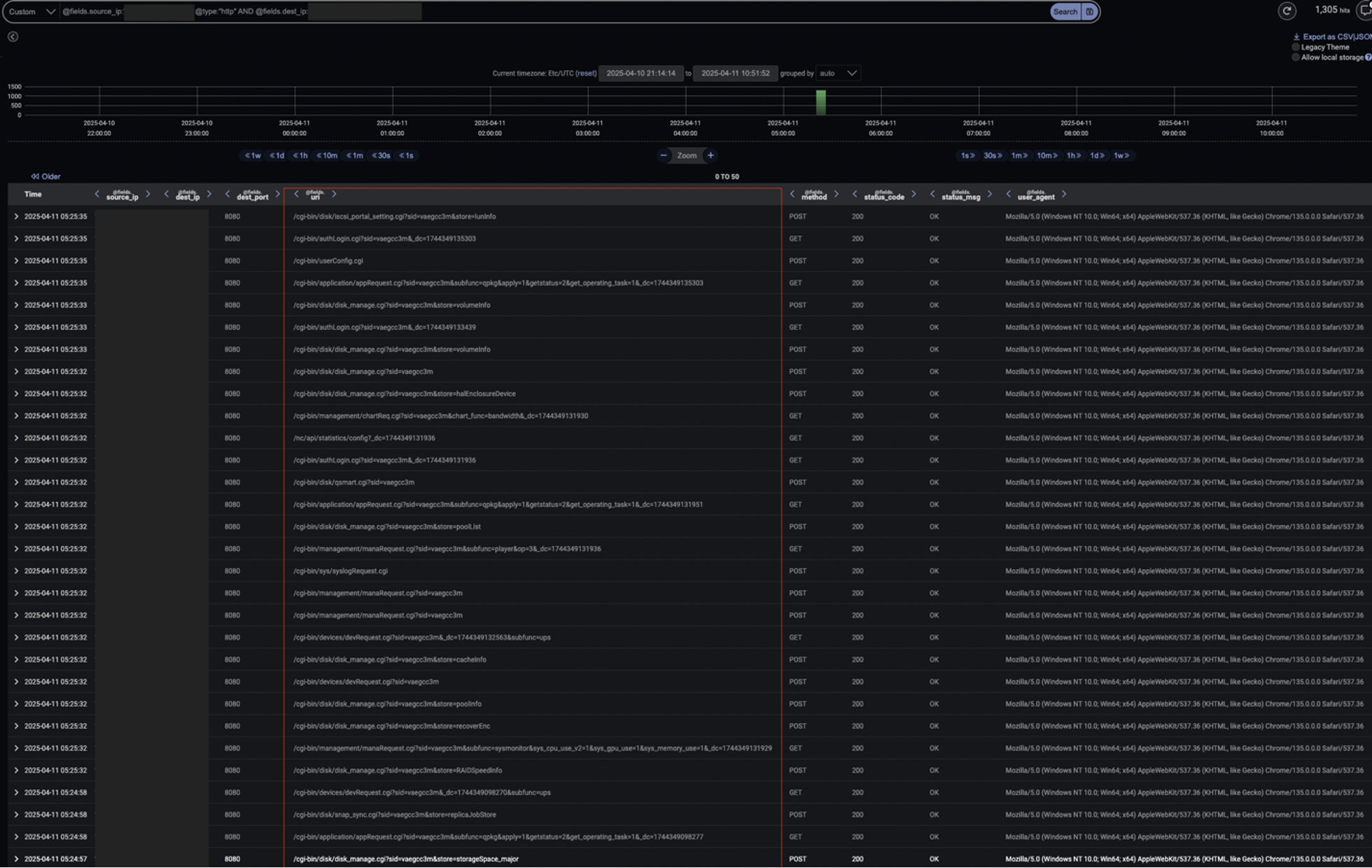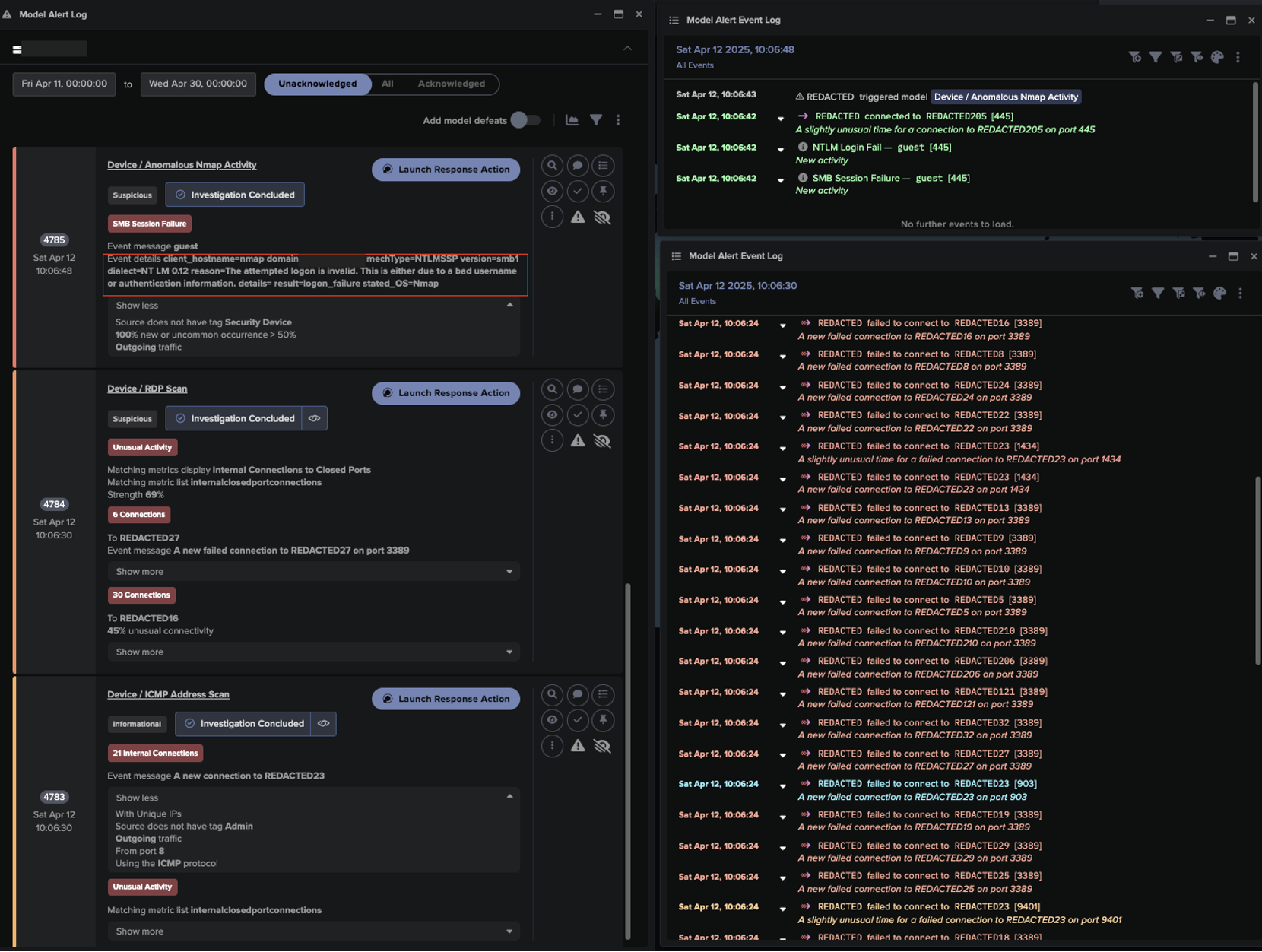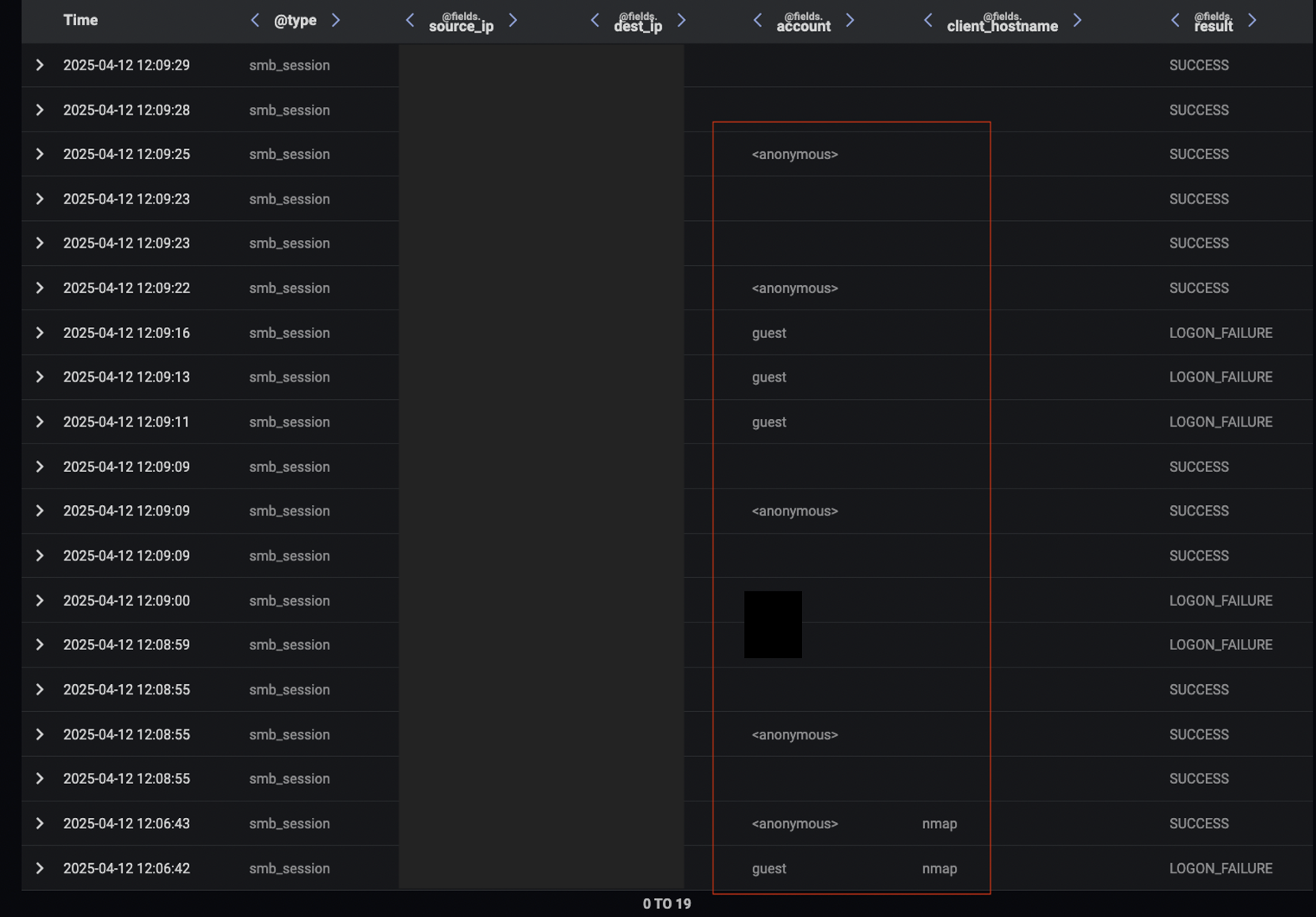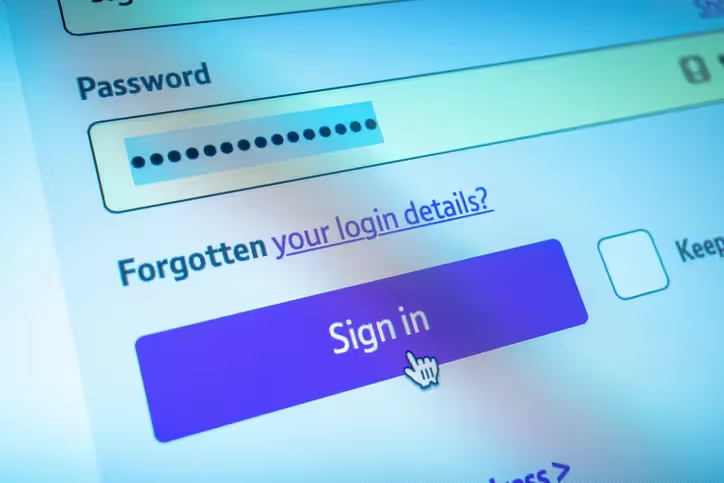Threat actors exploiting Fortinet CVEs
Over the years, Fortinet has issued multiple alerts about a wave of sophisticated attacks targeting vulnerabilities in its SSL-VPN infrastructure. Despite the release of patches to address these vulnerabilities, threat actors have continued to exploit a trio of Common Vulnerabilities and Exposures (CVEs) disclosed between 2022 and 2024 to gain unauthorized access to FortiGate devices.
Which vulnerabilities are exploited?
The vulnerabilities—CVE-2022-42475, CVE-2023-27997, and CVE-2024-21762—affect Fortinet’s SSL-VPN services and have been actively exploited by threat actors to establish initial access into target networks.
The vulnerabilities affect core components of FortiOS, allowing attackers to execute remote code on affected systems.
CVE-2022-42475
Type: Heap-Based Buffer Overflow in FortiOS SSL-VPN
Impact: Remote Code Execution (Actively Exploited)
This earlier vulnerability also targets the SSL-VPN interface and has been actively exploited in the wild. It allows attackers to execute arbitrary code remotely by overflowing a buffer in memory, often used to deploy malware or establish persistent backdoors [6].
CVE-2023-27997
Type: Heap-Based Buffer Overflow in FortiOS and FortiProxy
Impact: Remote Code Execution
This flaw exists in the SSL-VPN component of both FortiOS and FortiProxy. By exploiting a buffer overflow in the heap memory, attackers can execute malicious code remotely. This vulnerability is particularly dangerous because it can be triggered without authentication, making it ideal for an initial compromise [5].
CVE-2024-21762
Type: Out-of-Bounds Write in sslvpnd
Impact: Remote Code Execution
This vulnerability affects the SSL-VPN daemon (sslvpnd) in FortiOS. It allows unauthenticated remote attackers to send specially crafted HTTP requests that write data outside of allocated memory bounds. This can lead to arbitrary code execution, giving attackers full control over a device [4].
In short, these flaws enable remote attackers to execute arbitrary code without authentication by exploiting memory corruption issues such as buffer overflows and out-of-bounds writes. Once inside, threat actors use symbolic link (symlink) in order to maintain persistence on target devices across patches and firmware updates. This persistence then enables them to bypass security controls and manipulate firewall configurations, effectively turning patched systems into long-term footholds for deeper network compromise [1][2][3].
Darktrace’s Coverage
Darktrace detected a series of suspicious activities originating from a compromised Fortinet VPN device, including anomalous HTTP traffic, internal network scanning, and SMB reconnaissance, all indicative of post-exploitation behavior. Following initial detection by Darktrace’s real-time models, its Autonomous Response capability swiftly acted on the malicious activity, blocking suspicious connections and containing the threat before further compromise could occur.
Further investigation by Darktrace’s Threat Research team uncovered a stealthy and persistent attack that leveraged known Fortinet SSL-VPN vulnerabilities to facilitate lateral movement and privilege escalation within the network.
Phase 1: Initial Compromise – Fortinet VPN Exploitation
The attack on a Darktrace customer likely began on April 11 with the exploitation of a Fortinet VPN device running an outdated version of FortiOS. Darktrace observed a high volume of HTTP traffic originating from this device, specifically targeting internal systems. Notably, many of these requests were directed at the /cgi-bin/ directory, a common target for attackers attempting to exploit web interfaces to run unauthorized scripts or commands. This pattern strongly indicated remote code execution attempts via the SSL-VPN interface [7].
Once access was gained, the threat actor likely modified existing firewall rules, a tactic often used to disable security controls or create hidden backdoors for future access. While Darktrace does not have direct visibility into firewall configuration changes, the surrounding activity and post-exploitation behavior indicated that such modifications were made to support long-term persistence within the network.

Phase 2: Establishing Persistence & Lateral Movement
Shortly after the initial compromise of the Fortinet VPN device, the threat actor began to expand their foothold within the internal network. Darktrace detected initial signs of network scanning from this device, including the use of Nmap to probe the internal environment, likely in an attempt to identify accessible services and vulnerable systems.

Around the same time, Darktrace began detecting anomalous activity on a second device, specifically an internal firewall interface device. This suggested that the attacker had established a secondary foothold and was leveraging it to conduct deeper reconnaissance and move laterally through the network.
In an effort to maintain persistence within the network, the attackers likely deployed symbolic links in the SSL-VPN language file directory on the Fortinet device. While Darktrace did not directly observe symbolic link abuse, Fortinet has identified this as a known persistence technique in similar attacks [2][3]. Based on the observed post-exploitation behavior and likely firewall modifications, it is plausible that such methods were used here.
Phase 3: Internal Reconnaissance & Credential Abuse
With lateral movement initiated from the internal firewall interface device, the threat actor proceeded to escalate their efforts to map the internal network and identify opportunities for privilege escalation.
Darktrace observed a successful NTLM authentication from the internal firewall interface to the domain controller over the outdated protocol SMBv1, using the account ‘anonymous’. This was immediately followed by a failed NTLM session connection using the hostname ‘nmap’, further indicating the use of Nmap for enumeration and brute-force attempts. Additional credential probes were also identified around the same time, including attempts using the credential ‘guest’.

The attacker then initiated DCE_RPC service enumeration, with over 300 requests to the Endpoint Mapper endpoint on the domain controller. This technique is commonly used to discover available services and their bindings, often as a precursor to privilege escalation or remote service manipulation.
Over the next few minutes, Darktrace detected more than 1,700 outbound connections from the internal firewall interface device to one of the customer’s subnets. These targeted common services such as FTP (port 21), SSH (22), Telnet (23), HTTP (80), and HTTPS (443). The threat actor also probed administrative and directory services, including ports 135, 137, 389, and 445, as well as remote access via RDP on port 3389.
Further signs of privilege escalation attempts were observed with the detection of over 300 Netlogon requests to the domain controller. Just over half of these connections were successful, indicating possible brute-force authentication attempts, credential testing, or the use of default or harvested credentials.

Phase 4: Privilege Escalation & Remote Access
A few minutes later, the attacker initiated an RDP session from the internal firewall interface device to an internal server. The session lasted over three hours, during which more than 1.5MB of data was uploaded and over 5MB was downloaded.
Notably, no RDP cookie was observed during this session, suggesting manual access, tool-less exploitation, or a deliberate attempt to evade detection. While RDP cookie entries were present on other occasions, none were linked to this specific session—reinforcing the likelihood of stealthy remote access.
Additionally, multiple entries during and after this session show SSL certificate validation failures on port 3389, indicating that the RDP connection may have been established using self-signed or invalid certificates, a common tactic in unauthorized or suspicious remote access scenarios.

Darktrace Autonomous Response
Throughout the course of this attack, Darktrace’s Autonomous Response capability was active on the customer’s network. This enabled Darktrace to autonomously intervene by blocking specific connections and ports associated with the suspicious activity, while also enforcing a pre-established “pattern of life” on affected devices to ensure they were able to continue their expected business activities while preventing any deviations from it. These actions were crucial in containing the threat and prevent further lateral movement from the compromised device.

Conclusion
This incident highlights the importance of important staying on top of patching and closely monitoring VPN infrastructure, especially for internet-facing systems like Fortinet devices. Despite available patches, attackers were still able to exploit known vulnerabilities to gain access, move laterally and maintain persistence within the customer’s network.
Attackers here demonstrated a high level of stealth and persistence. Not only did they gain access to the network and carry out network scans and lateral movement, but they also used techniques such as symbolic link abuse, credential probing, and RDP sessions without cookies to avoid detection. Darktrace’s detection of the post-exploitation activity, combined with the swift action of its Autonomous Response technology, successfully blocked malicious connections and contained the attack before it could escalate
Credit to Priya Thapa (Cyber Analyst), Vivek Rajan (Cyber Analyst), and Ryan Traill (Analyst Content Lead)
Appendices
Real-time Detection Model Alerts
· Device / Suspicious SMB Scanning Activity
· Device / Anomalous Nmap Activity
· Device / Network Scan
· Device / RDP Scan
· Device / ICMP Address Scan
Autonomous Response Model Alerts:
· Antigena / Network / Insider Threat / Antigena Network Scan Block
· Antigena / Network / Significant Anomaly / Antigena Significant Anomaly from Client Block
MITRE ATT&CK Mapping
Initial Access – External Remote Services – T1133
Initial Access – Valid Accounts – T1078
Execution – Exploitation for Client Execution – T1203
Persistence – Account Manipulation – T1098
Persistence – Application Layer Protocol – T1071.001
Privilege Escalation – Exploitation for Privilege Escalation – T1068
Privilege Escalation – Valid Accounts – T1078
Defense Evasion – Masquerading – T1036
Credential Access – Brute Force – T1110
Discovery – Network Service Scanning – T1046
Discovery – Remote System Discovery – T1018
Lateral Movement – Remote Services – T1021
Lateral Movement – Software Deployment Tools – T1072
Collection – Data from Local System – T1005
Collection – Data Staging – T1074
Exfiltration – Exfiltration Over Alternative Protocol – T1048
References
[2] https://thehackernews.com/2025/04/fortinet-warns-attackers-retain.html
[4] https://www.fortiguard.com/psirt/FG-IR-24-015
[6] https://www.tenable.com/blog/cve-2022-42475-fortinet-patches-zero-day-in-fortios-ssl-vpns
[7] https://www.fortiguard.com/encyclopedia/ips/12475
The content provided in this blog is published by Darktrace for general informational purposes only and reflects our understanding of cybersecurity topics, trends, incidents, and developments at the time of publication. While we strive to ensure accuracy and relevance, the information is provided “as is” without any representations or warranties, express or implied. Darktrace makes no guarantees regarding the completeness, accuracy, reliability, or timeliness of any information presented and expressly disclaims all warranties.
Nothing in this blog constitutes legal, technical, or professional advice, and readers should consult qualified professionals before acting on any information contained herein. Any references to third-party organizations, technologies, threat actors, or incidents are for informational purposes only and do not imply affiliation, endorsement, or recommendation.
Darktrace, its affiliates, employees, or agents shall not be held liable for any loss, damage, or harm arising from the use of or reliance on the information in this blog.
The cybersecurity landscape evolves rapidly, and blog content may become outdated or superseded. We reserve the right to update, modify, or remove any content without notice.






























.jpg)















